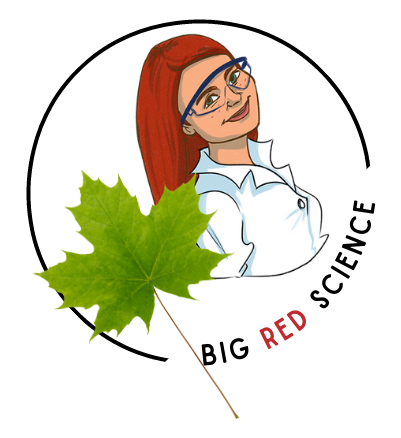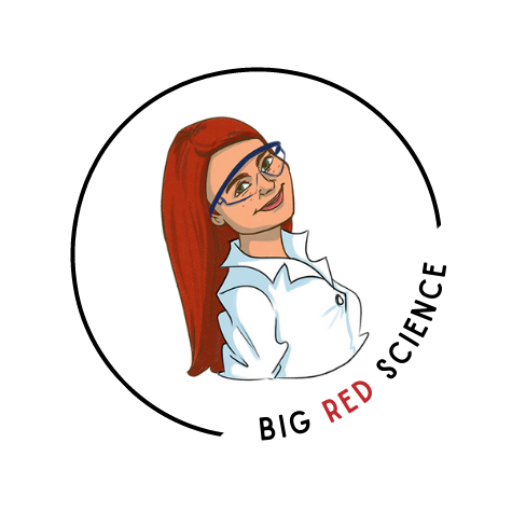Does anyone have to teach Classification?
You know…Domain, Kingdom, Phyla, Class, Order, Family Genus, Species?
For years I knew that I was only doing a mediocre job with this content.
And I LOVE this area (hello, my IG feed is full of nature!) but the standards weren’t translating to anything exciting in my classroom.
How could I engage students right from the top, with the 3 Domains?
Then it struck me….
THE MICROBIOME.
Our microbiome is fascinating and it’s a relatively new area of research. It’s also a super interesting way to talk about microscopic organisms (i.e. archaea, bacteria, viruses*, protists, and fungi).
My wheels started turning and the lesson eventually became centred around this case study from NCCTS:
We Are Not Alone: The Unseen World of the Human Microbiome

It follows the changes in the microbiome of a young woman who has a Clostridium difficile infection and eventually needs to get a fecal transplant.
Did you catch that?
A FECAL transplant.
This is amazing science, and my students were SO fascinated! Wonderful discussion ensued this day! We even had a student whose uncle had had the procedure and was able to share some of that experience. I always love case studies, and this might just be my favorite.
We know that content is anchored through storytelling, and well…students remember stories about poop!
As usual with case studies, students form small groups and work through a series of discussion questions provided in the case study. If you feel that any of the content is beyond the scope of your course or the abilities of your class, it’s easy to adjust as necessary.
The content is presented in chunks of text and video, and I found additional videos (ex. an introduction to the microbiome, and an overview of fecal transplants) that I embedded into a slide show to make it easy to remember when to show what. I also created a graphic organizer for students to take some notes on some content about the microbiome as well as characteristics of the 3 domains and 6 kingdoms.
If you want to grab the slide show and the graphic organizer, you can head here to get them FREE from my TpT store. (Note: Pg. 1 of the GO is about the microbiome/case study, Pg. 2 is about classification and can be filled out using a textbook or however you wish to deliver this information).

After a couple of classes on this content, I introduce what is quickly becoming one of my favorite projects: An Instagram Taxonomy Assignment.
Students are given a template and have to create a photo spread and captions to present an overview of one taxon they select. The photo spread must also include short facts and a 6-word memoir so that you can learn about the taxon at a glance.

At the end of the project, we have a class set of beautiful posters that can be displayed to teach others about various categories of living things!
Seriously…taxonomy and classification went from something I dreaded teaching to something my students and I LOVE. Give this strategy a try!
And if you’re interested in weekly science teaching tips from me, CLICK HERE!
Scientifically Yours,
Mo
*Are these alive? What a debate topic!
Are you an ONTARIO SCIENCE TEACHER?
Me too! Click here if you’d like some specific science content that’s aligned to the Ontario curriculum, Growing Success, and all that as, of, for jazz that we know and love! (I promise you won’t be overloaded with emails!)
Interested in other helpful Teaching ideas? Check out:
My Favorite Twist on a Research Project
I NEEDED to change the way I taught this topic
6 Science Activities to Leave With a Sub That Are NOT “Busywork”
5 Easy Ongoing Science Activities to Engage Students All Year
Low-Pressure Icebreakers for the Science Classroom
7 Super Helpful Tips for New Science Teachers
Classroom Management Series #3: Tips for Reacting in the Moment
Classroom Management Series #2: Tips for Building Relationships
Classroom Management Series #1: Tips for Creating Systems
How to Guarantee that Your Students Will Remember What They Learn
The Proven Blueprint to Using Movies in the Science Classroom



